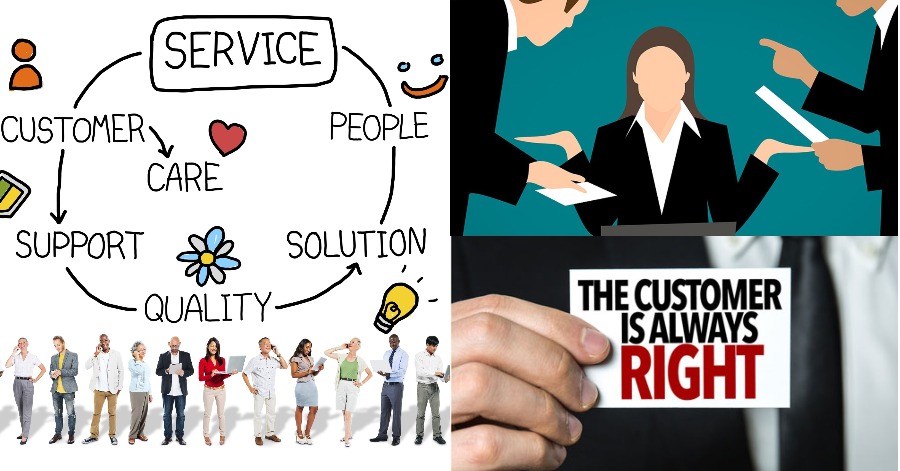Wherever we go, especially to restaurants and shops, a common phrase we always hear is ‘customer is always right’. This famous saying ascribed to a number of turn-of-the-century American retail pioneers.
It’s not about providing whatever the consumer requests; it’s about listening to them and going above and beyond to understand their requirements.
The Origin

A range of different American retail pioneers, including Marshall Field, Harry Gordon Selfridge, and John Wanamaker, is credited with coining the slogan “the customer is always right.” Not only that, Swiss hotelier Cesar Ritz, the founder of Ritz Carlton hotels, was using the slogan ‘Le client n’a jamais tort’ (‘the customer is never wrong’) as early as the 1890s.
But is the customer always right?

While some argue that this customer service concept encourages unpleasant or entitled consumers, it was never intended to be taken literally. The argument wasn’t that consumers should always get their way, regardless of how unreasonable their requests were. It was, on the contrary, to allow staff to genuinely listen to their consumers. This phrase is often misunderstood by so many people. Some opponents argue that the concept of “the customer is always right” equates to prioritizing consumers above employees or the company itself, however, there doesn’t have to be a compromise here. Customers will become champions for your company if you treat your workers the same way you treat your customers and provide them with the technology, procedures, and creative enablement they need to offer genuinely frictionless experiences.
What it means today

In 2021, this phrase is still not about delivering everything the consumer wants, but about going above and beyond to understand their core issues. For instance, a customer complains that their web chat or bot is broken but when we check, it’s the way they implement that has an error. So, a better approach would be to tell they are wrong by explaining the method they use or the way they set it up has an error.
1. Be where your customers are– Customers want to be able to contact you on the channels that are most convenient for them in the digital customer service age. This still involves phone and email, but it now includes being available on the messaging applications that consumers already use with their friends and family, as well as through live chat and messaging on your own websites and mobile apps.
2. Know who your customer is-Businesses cannot afford to compromise personalization for size in an age when consumer loyalty is more essential than ever. This is where data comes into play. Imagine treating your regular customer as a first-timer, it is most likely to affect your business.
3. Deliver a conversational experience– True customization is achievable when businesses are present on their consumers’ chosen channels and provide a consistent experience across them. But it’s also about being individual. A good discussion flows effortlessly between channels and devices, whether it’s with friends, family, coworkers, or companies. You should be able to offer real conversational experiences across all of your consumer touchpoints with the proper tools.
While the world and technology have evolved, the objective of a customer-experienced leader has remained the same: to do the right thing for the customer!
Sources:Zendesk




Leave a Comment